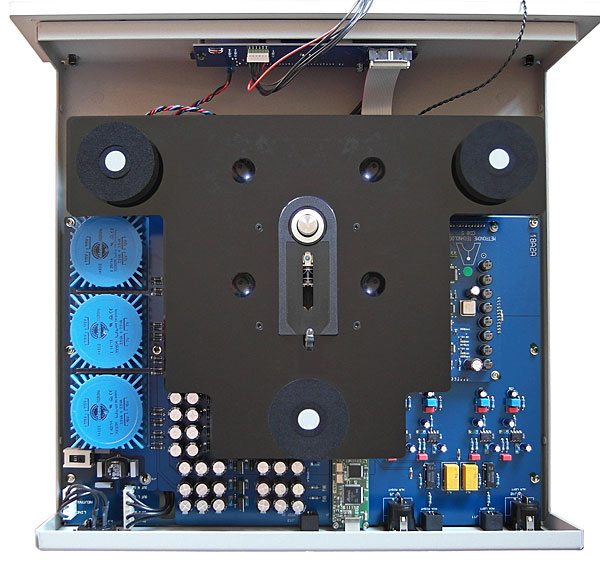

Pro tip: If you’ve got Guitar Pro files of your songs you can actually export the MIDI data from GP and import it into your DAW to automatically create a tempo and time signature map for you.Ģ) Once all the mapping has been done your DAW’s metronome should line up perfectly, but we need to extract that metronome into an actual audio file. We recommend making one project file per song rather than a single project of the entire set, it makes it far easier to change things up when you’re sick of the old set. Reaper won’t cost you a dime and is fully capable of this.ġ) Map out the tempos, time signatures, and song structure for each individual song. – Output Cable (see details under “ Setting It All Up ”)Ĭreating a click track requires mapping out your songs in some form of Digital Audio Workstation. – ⅛’’ Stereo to 2x ¼’’ Mono Splitter Cable – Playback Device (MP3 player, phone, laptop)

The shortlist of requirements is as follows: Two mono signals mean we only need a mixer that provides two inputs and two outputs so we can control their volume and routing independently.

Sum your backing tracks to mono for now.Īll that being said, this means we only need two signals, both of which can be mono. Stereo is great for headphones and larger venues where more of the crowd will notice, but otherwise, you’re just wasting time. If you’re reading this article you are not playing venues where the stereo spread is large enough to truly matter, in smaller venues any sort of stereo or spatial effects will be lost to the vast majority of the crowd because where you stand in the venue makes all the difference. Secondly, you don’t need a stereo setup for your backing tracks. While there are often parts where a guitar starts the song, or there’s a soft acoustic break, all you need is for the drummer to simply keep time with a subtle tapping on the hi-hat to ensure the entire band is on the same page. The drummer is the timekeeper of the entire band, and while some of you may have the type of drummer that’s more of a “passive contributor” to keeping time, it doesn’t change the fact that he’s the only one who truly NEEDS to hear the click 99% of the time. We’ll show you how.įirst thing’s first: not everyone needs to hear the click track. In fact, you can have a simple, effective click and backing track setup for less than $50. When done well, it can set you apart from other bands both technically and from the perspective of crafting an entire live “experience.”īut how easy is it to do? When you see all the big bands do it you have to ask yourself… Do you really need to buy 5 sets of in-ear monitors? Does it require a 16-channel rackmount mixer with WiFi that makes Pop Tarts? No, definitely not! Start at a slow practice tempo and gradually increase the tempo when you can play the piece without any mistakes.If there’s one hallmark of local metal or prog bands across the country, it’s running a click track.Īs cliche as it is to hear “yo, can you turn our bass drops up?” at a show, there’s certainly no arguing that a well-coordinated, in-time live show with the added sonic color and punch of backing tracks is a luxury that audiences didn’t have up until recently. Increase the difficulty by setting the numbers to 1/1 (played/muted), 2/2, and 4/4 respectively. Play a piece you know well and keep the tempo in the muted bar. Activate the mute function at the bottom, and set the metronome to play 3 bars and mute 1 bar. Set the metronome to the indicated tempo, establish the tempo, and stop the metronome before you start playing. Find the tempo indicated in the score.You can always select 1 if you don't know the number of beats per measure. Most music has 4, 3 or 2 beats per measure, in music notation denoted by time signatures such as 4/4, 3/4, 2/4 and 2/2. Select the number of beats per measure at the bottom. Alternately, you can tap the tempo by clicking the "Tap tempo" button at the desired tempo or by using the "t" key on your keyboard. Start by selecting a tempo using the slider or, the left and right arrow keys on your keyboard. It is also used in live performances and recording studios to ensure an accurate tempo throughout the performance or session. A tempo marking of 60 BPM equals one beat per second, while 120 BPM equals two beats per second.Ī metronome is commonly used as a practice tool to help maintain a steady tempo while learning difficult passages. The pulse is measured in BPM (beats-per-minute). A metronome is a device that produces a steady pulse to help musicians play in time.


 0 kommentar(er)
0 kommentar(er)
